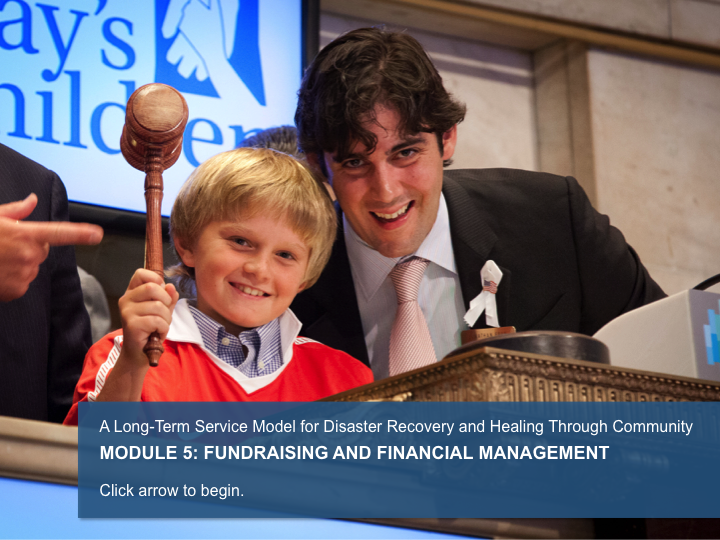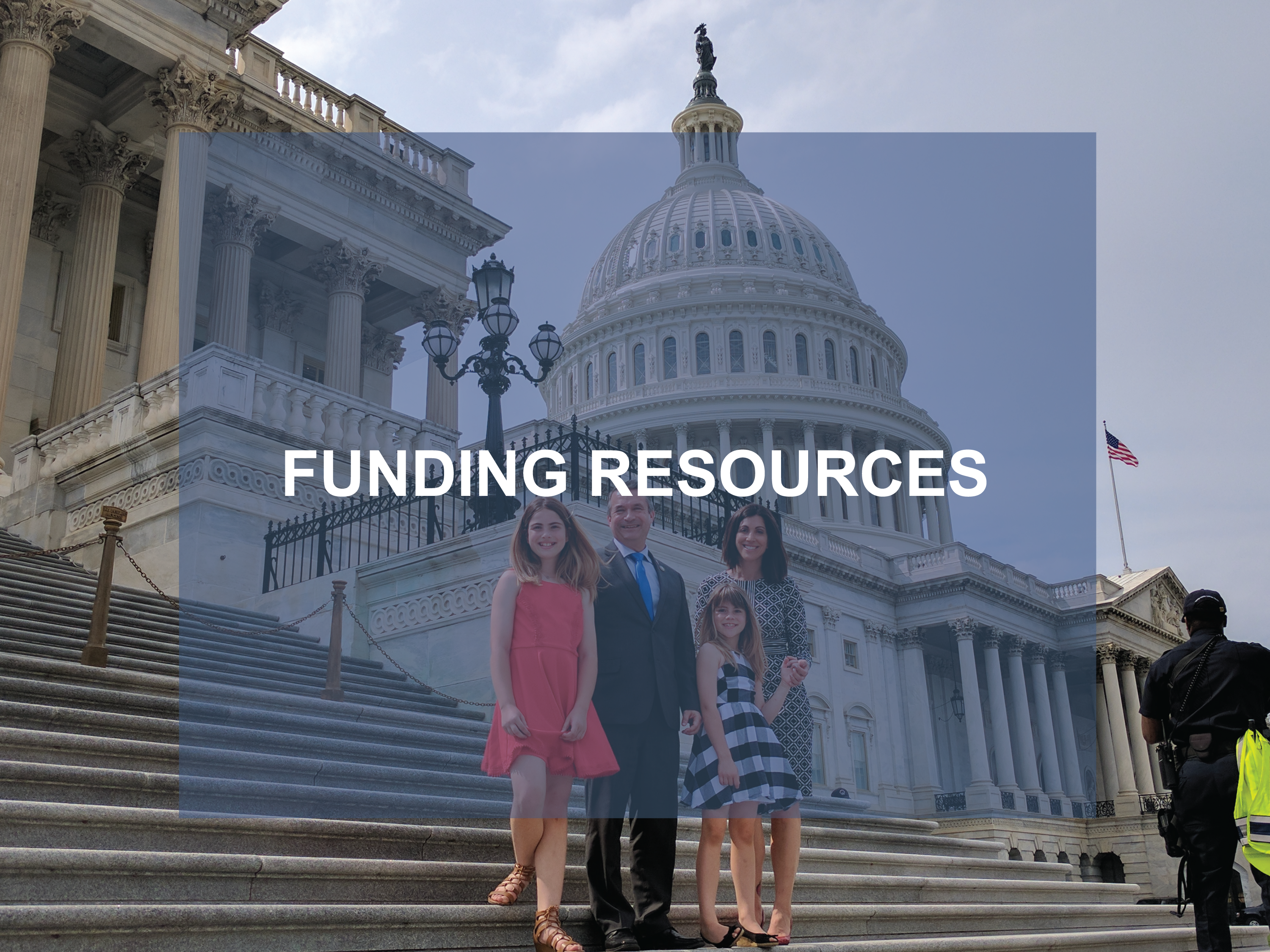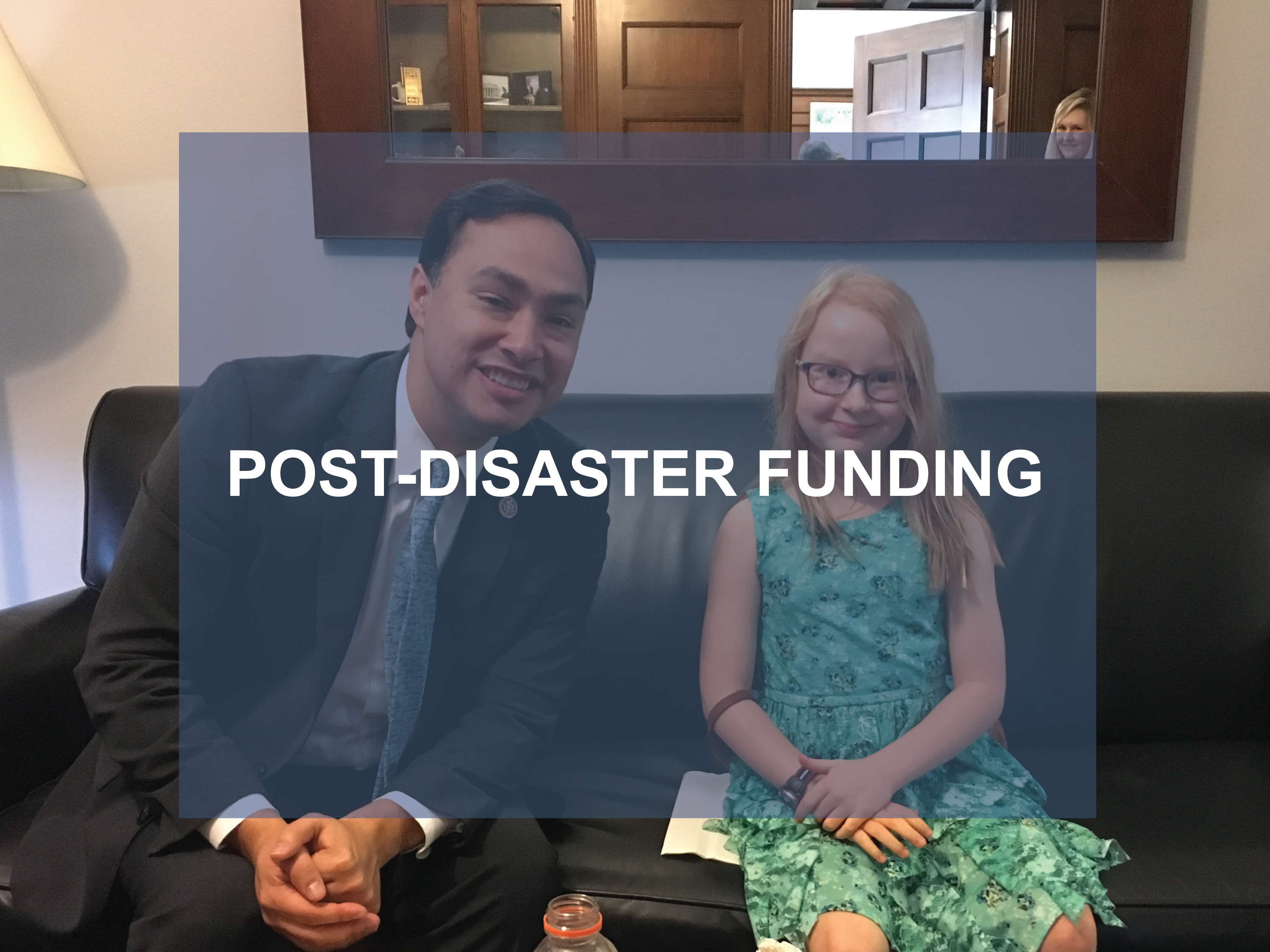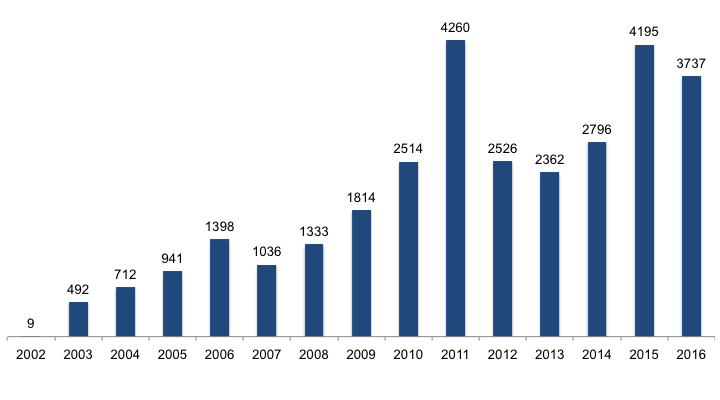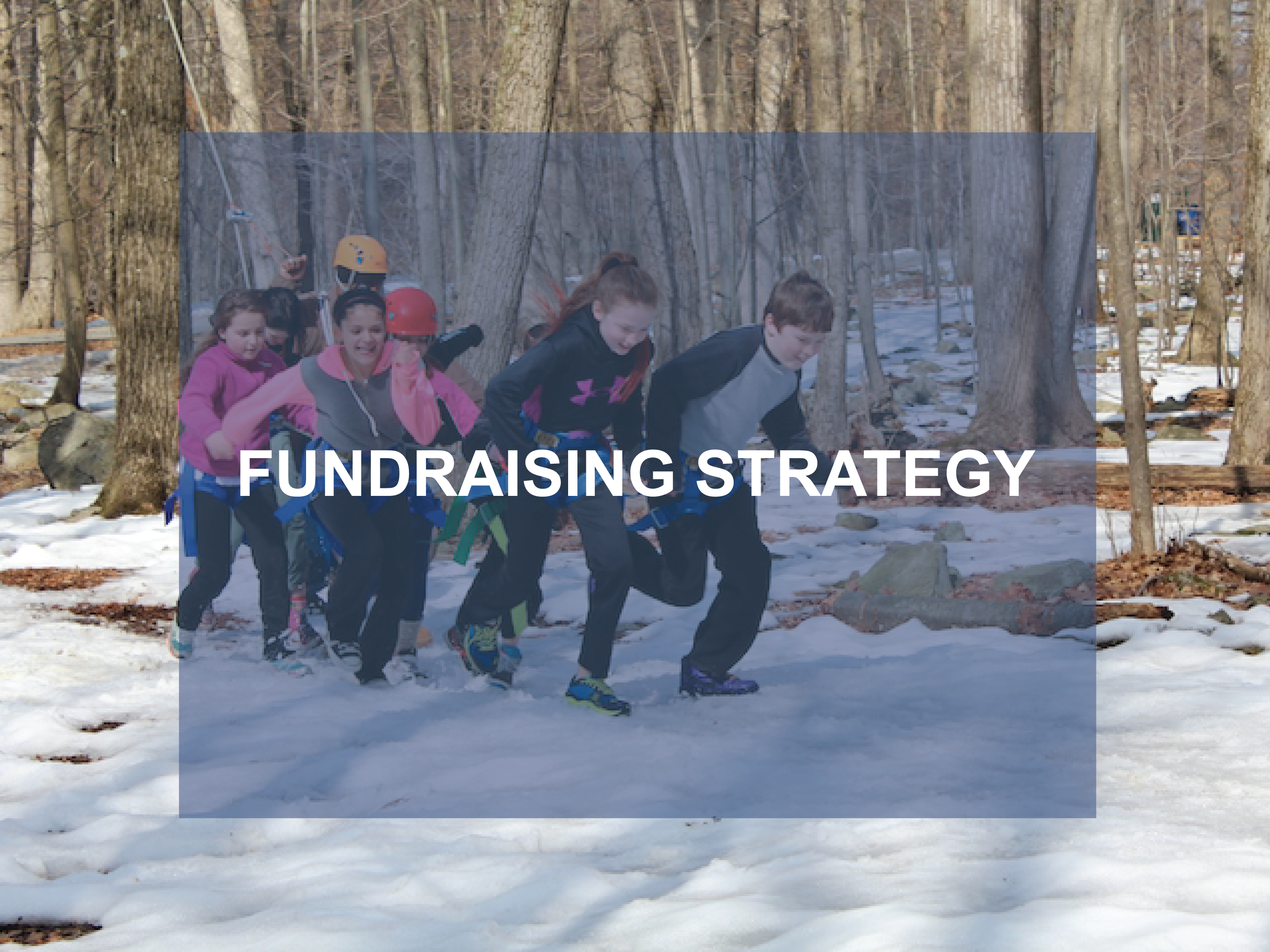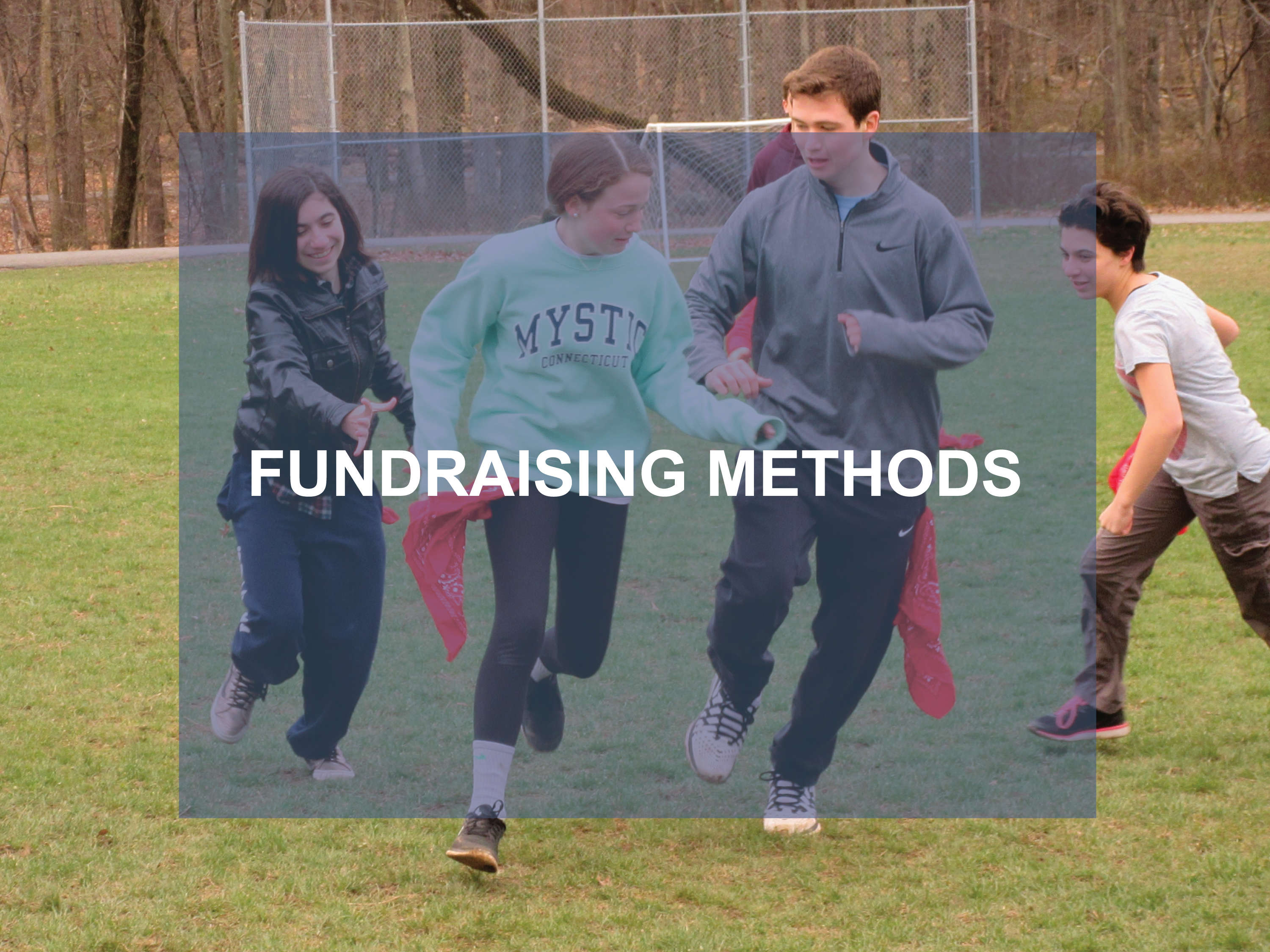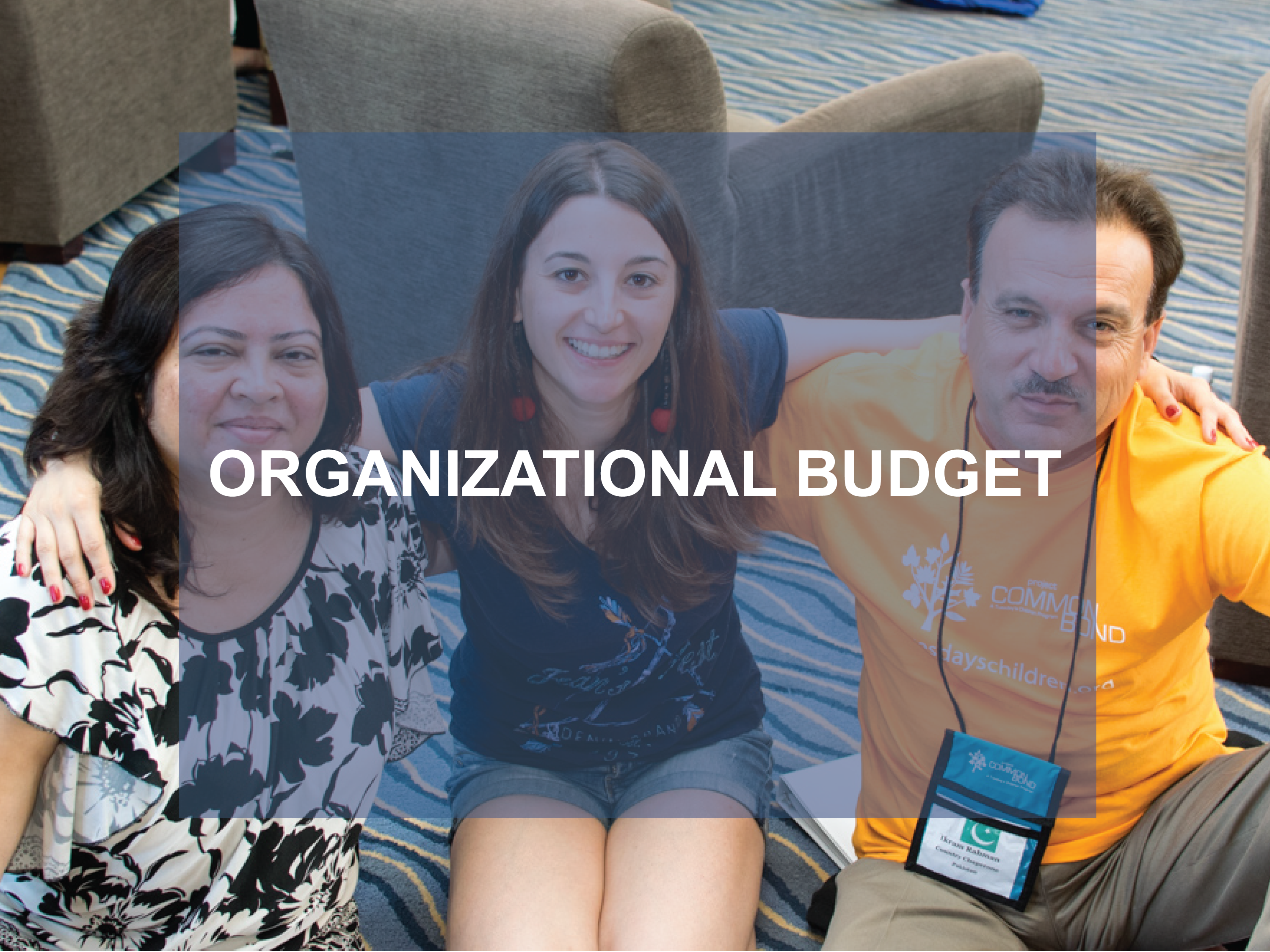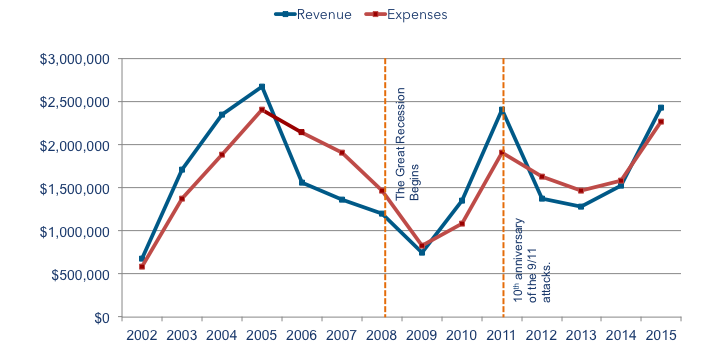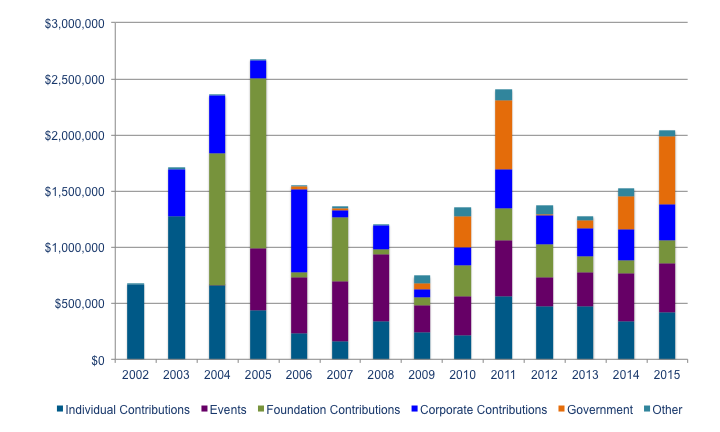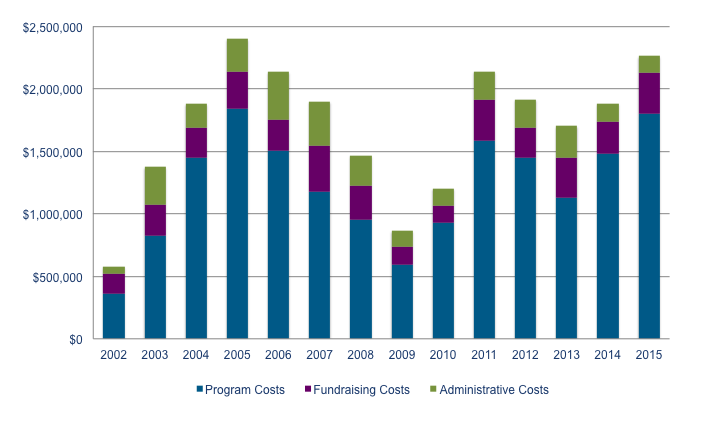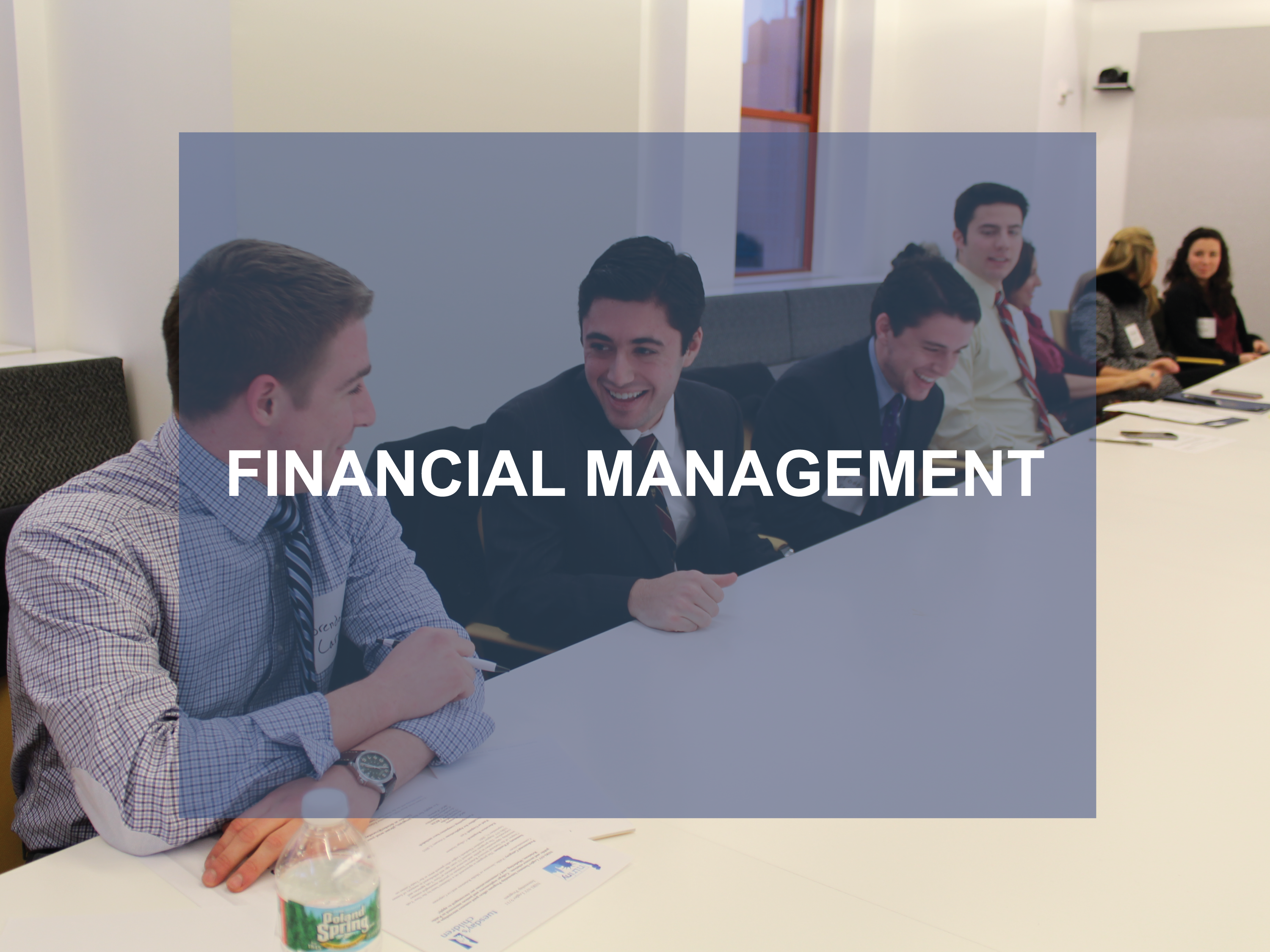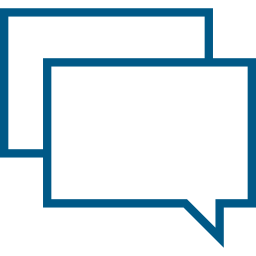Locating Sources of Funding
Who in your community controls the funding? Generally, funds are distributed through aid organizations, government agencies, or community foundations. Oftentimes there is a victims compensation fund, and it is important to understand how to navigate the application and disbursement process in order to provide advocacy to families.
The accounting of available funds needs to be examined closely as there are, in many cases, circular funding streams (e.g. a large portion of the institutional giving after 9/11 went to the Red Cross funds). "Trickle down" funding is useful, but very little of this funding will last beyond five years after a tragedy.
- Foundation Center: Median institutional gift after 9/11 (2001-2003) was $100,000.
- Of $1billion+ from Red Cross Liberty Disaster Relief Fund, $643 million spent by September 11, 2002.
- Nearly $1.1 billion in institutional giving by 2003.
- $7 billion in victims compensation distributed from 2001-2003.
These funds are often distributed quickly and often run out quickly despite documented needs for long-term support programs. It’s important to create a short and long-term fundraising strategy with a focus on sustainability. Consider creating an endowment, multiyear giving strategies, and diversifying funding sources to balance out your revenue streams.
